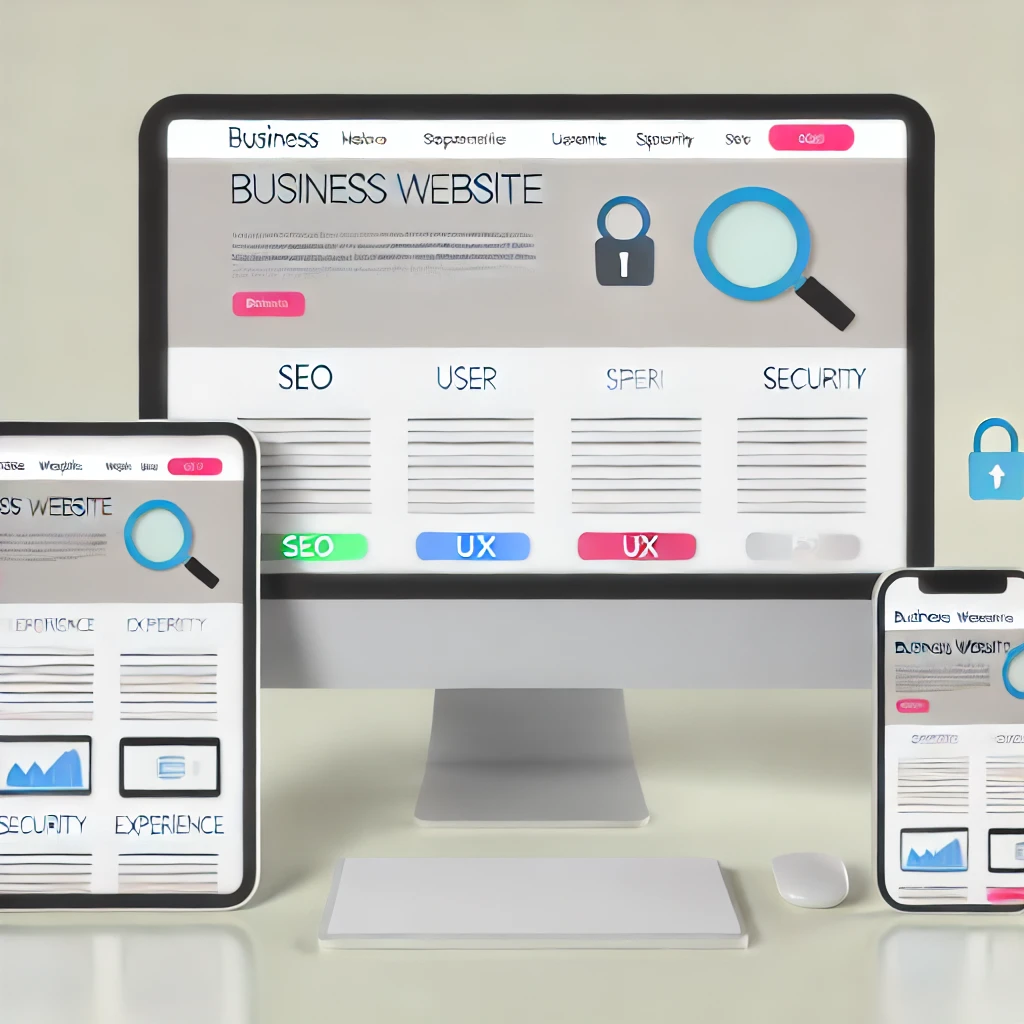Mastering the Power of CI/CD Pipelines: A Comprehensive Guide

1. Introduction to CI/CD
In today’s dynamic world of software development, CI/CD has become a powerful ally. But what exactly is it?
Continuous Integration/Continuous Deployment (CI/CD) is a method used in software development to automate and accelerate the process of deploying changes, features, and updates to production. By establishing a set of best practices and automated procedures, CI/CD streamlines the lifecycle of application development – from idea to deployment.
CI/CD is a key part of the DevOps landscape. DevOps, a portmanteau of ‘development’ and ‘operations,’ advocates for a cultural shift in the traditional way of developing software, where the developers (who write the code) and the operations team (who deploy and maintain it) work in silos. The primary goal of CI/CD is to remove these barriers and ensure a more fluid, efficient, and error-free system of delivering software.
2. Exploring Continuous Integration
Continuous Integration (CI) is the first half of the CI/CD paradigm. CI is a development practice wherein developers integrate their code changes into a shared repository several times a day. The purpose? To prevent “integration hell.”
Integration hell refers to the complications that occur when developers work in isolation, merging their changes all at once right before the deployment. This can result in conflicts and bugs, leading to delays and complications. CI helps avoid this by ensuring regular integration and frequent code check-ins, followed by automated builds and tests.
There are numerous CI tools available to facilitate this process. Jenkins is a well-known open-source tool that offers great customization. On the other hand, cloud-based tools like CircleCI and Travis CI provide a managed environment for CI, saving you the hassle of setting up and maintaining your own infrastructure.
The CI process typically begins with a developer committing code to the repository. The CI server then checks out this code, builds the system, and runs unit and integration tests. If the tests pass, the build is deemed stable; otherwise, the team is notified about the failure.
3. Deep Dive into Continuous Delivery and Continuous Deployment
Moving on to the second part of CI/CD, let’s explore Continuous Delivery and Continuous Deployment. These closely related practices are all about automation and speed.
Continuous Delivery is the practice of automating the entire software release process. Every change in the codebase goes through an automated pipeline where it’s tested, built, and then prepared for release. The goal is to have a production-ready build that can be released at any time.
Continuous Deployment takes this a step further by automating the release process as well. Every change that passes the automated tests is automatically deployed to production.
Popular CD tools include Jenkins, Spinnaker, and AWS CodeDeploy. These tools help to create a seamless process, reducing the risk of human error, and speeding up the delivery process.
4. Understanding CI/CD Pipelines
A CI/CD pipeline is a series of steps that a code change goes through from being written to being deployed. It’s an essential aspect of implementing CI/CD effectively. A pipeline consists of several stages, including Build, Test, and Deploy.
During the Build stage, the code is compiled into a runnable state. In the Test stage, automated tests are run to catch any bugs or issues. Finally, in the Deploy stage, the tested and built code is deployed to the production environment.
The pipeline brings automation, consistency, and quality control to the software development process, helping teams to release software more quickly and reliably
5. Building Your First CI/CD Pipeline
Setting up your first CI/CD pipeline can seem like a daunting task, but by choosing the right tools and following a step-by-step approach, you can achieve it with ease. The tools you choose will depend on your specific needs and existing tech stack.
- Choose a version control system (VCS): Git, SVN, or Mercurial, for instance.
- Select a CI/CD tool: Jenkins, GitLab CI, CircleCI, and Travis CI are some common options.
- Set up a pipeline: Use your CI/CD tool to create a pipeline that fetches the code from the VCS, builds it, tests it, and then deploys it if the tests pass.
The setup for each tool will be different, so refer to the tool-specific documentation during the setup process.
6. Best Practices for CI/CD Pipelines
To maximize the benefits of your CI/CD pipeline, you should follow these best practices:
- Code in a Repository: Always maintain your code in a version control system (VCS) to track changes and enable collaboration.
- Automated Testing: Create a suite of automated tests (unit tests, integration tests, functional tests) to validate your code at each stage of the pipeline.
- Fast and Frequent Iterations: To catch and fix errors quickly, make small, frequent changes and push them through the pipeline.
- Visibility and Accessibility: Ensure that the team has access to the pipeline’s status, output, and logs to quickly identify any issues.
- Continuous Improvement: Constantly monitor and improve your pipeline for better performance and efficiency.
7. CI/CD Pipeline Case Studies
Successful implementation of CI/CD pipelines by notable companies provides practical insights into its benefits. Companies like Amazon, Netflix, and Facebook have heavily invested in CI/CD.
- Amazon: Amazon pushes a new deployment every second, thanks to its robust CI/CD practices. This ensures that their services are continually updated and improved.
- Netflix: Netflix uses Spinnaker, a continuous delivery platform, to manage its vast global infrastructure. It enables Netflix to perform thousands of deployments per day without any downtime.
These case studies demonstrate the power of a well-implemented CI/CD pipeline – rapid deployment, minimal downtime, and a consistent user experience.
8. The Future of CI/CD Pipelines
As we look forward, trends in technology indicate the future of CI/CD will be heavily influenced by concepts like Infrastructure as Code (IaC), microservices, containerization (Docker, Kubernetes), and cloud computing.
Infrastructure as Code (IaC) allows developers to manage and provision their infrastructure using code, which makes the process faster, more consistent, and less error-prone. Similarly, the use of microservices and containerization can further streamline the deployment process. The rise of cloud computing has also played a significant role in making CI/CD more accessible and scalable.
9. Conclusion
Adopting CI/CD pipelines in your software development process can bring about a significant improvement in the speed, efficiency, and quality of your software delivery. It allows your team to focus on what they do best – writing code – while the pipeline takes care of testing and deployment. As businesses evolve, the adoption of CI/CD will continue to be a crucial element in maintaining a competitive edge.
10. References
For further reading, consider these resources on CI/CD pipelines:
- Kim, Gene, et al. “The DevOps Handbook: How to Create World-Class Agility, Reliability, and Security in Technology Organizations.” IT Revolution, 2016.
- Humble, Jez and Farley, David. “Continuous Delivery: Reliable Software Releases through Build, Test, and Deployment Automation.” Addison-Wesley Professional, 2010.
- “Continuous Integration.” Martin Fowler, martinfowler.com
- “The Top 20 Continuous Integration Tools.” Testim Blog, testim.io
- “Jenkins, CircleCI, or Travis CI—Which Tool Is Right for You?” Logz.io, logz.io
- “The Future of CI/CD: Trends and Predictions.” Cloudbees Blog, cloudbees.com
Through a careful understanding and diligent implementation of CI/CD, businesses can truly harness the power of automation. In the age of digital transformation, CI/CD isn’t just an option; it’s an essential part of staying relevant and competitive. With the right tools and best practices in place, you’re on your way to achieving faster, reliable, and more efficient software delivery. So, embark on your CI/CD journey today, and redefine the way you deliver software.






